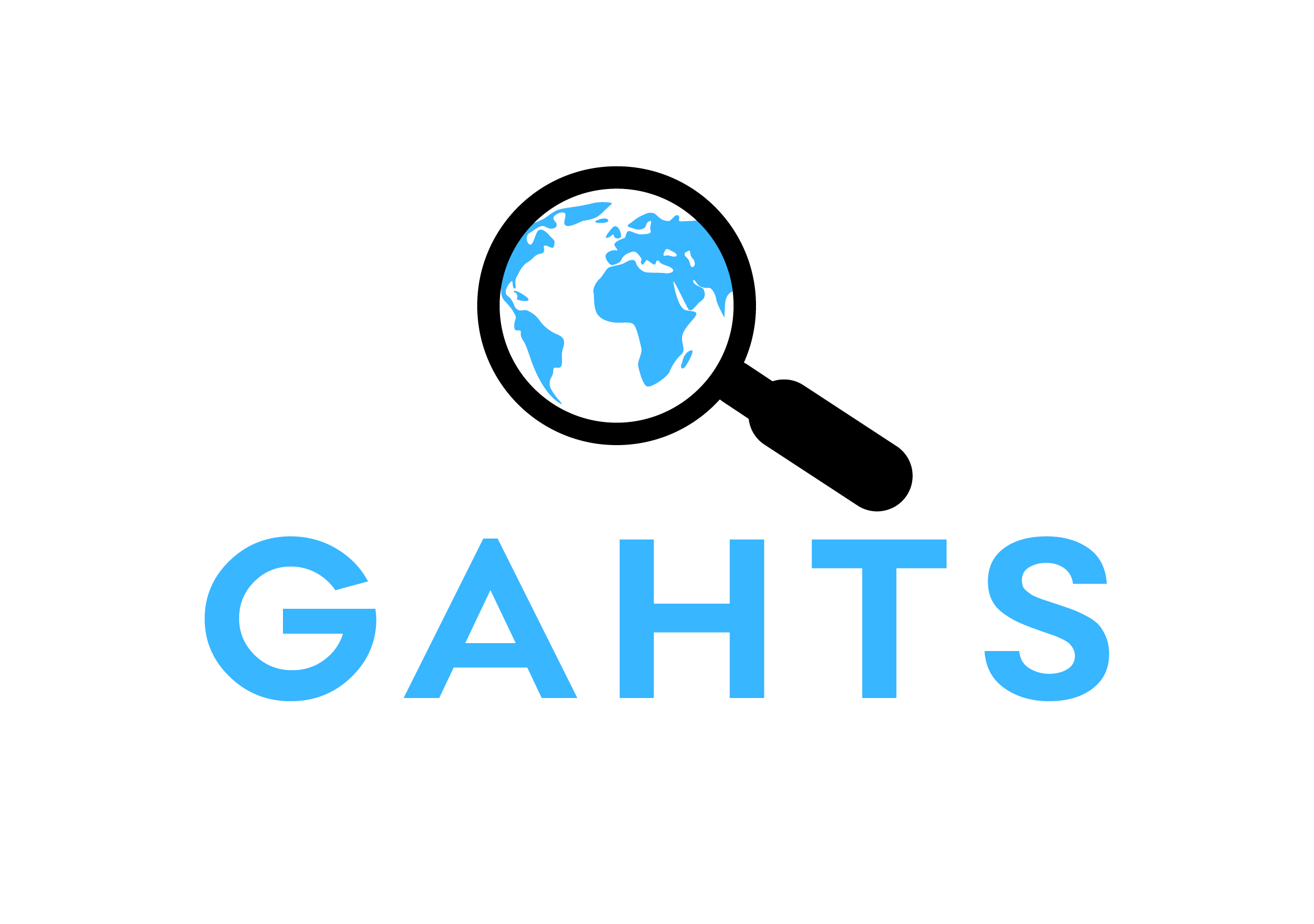Healthcare providers’ perspectives on the relevance and utility of recommended sex trafficking indicators: A qualitative study
Author: Pederson, Anna & Gerassi, Lara
Abstract: The aims of this study were to (1) explore the barriers and challenges of sex trafficking identification and (2) understand how sex trafficking indicators are perceived (i.e. relevance and utility) by healthcare providers at five sites of a large sexual health care organization in a Midwestern state within the United States. A qualitative, collective case study was conducted. In-depth, semi-structured interviews were conducted with 23 healthcare staff (e.g. medical assistants, nurse practitioners) who provided sexual and reproductive healthcare between fall 2018 and spring 2020. Findings suggest that providers perceived behavioural and verbal sex trafficking indicators (e.g. patients appearing nervous or being unable to answer questions) as relevant, particularly with a female patient accompanied by a ‘controlling’ male. Medical and physical indicators (e.g. repeat STIs, bruises and tattoos) were perceived as generally lacking clinical utility or irrelevant. Some indicators were only perceived as relevant when combined or only later, upon reflection (e.g. older, female adult accompanying one or more female patients). Healthcare providers may be aware of sex trafficking indicators conducive to identifying female patients, in relationships with older men, who are at risk of sex trafficking. Our study finds that healthcare providers may not be aware of all recommended sex trafficking indicators and the nuances of how patients present. Provider trainings on sex trafficking dynamics and nuanced clinical presentations should include observing ST indicators in simulated interviews, assessing and safety planning (including using harm reduction strategies) with seemingly ambiguous cases. In addition, we recommend that trainings emphasize the relationship between the continuum of agency and victimization in sex trafficking and patient presentations.
Keywords: harm reduction, nurses/midwives/nursing, risk screening, sex trafficking, sexual health
